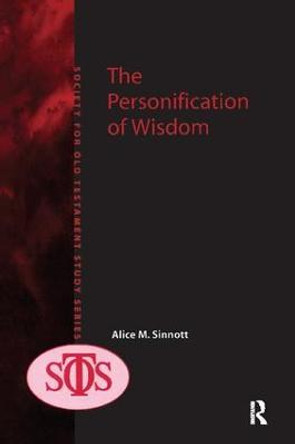Description
This ecological reading of the book of Ruth takes into account the power which this short story holds, speaking to the whole person by engaging each reader's emotions, imagination, memory, and reason. Alice M. Sinnott demonstrates how the story of Ruth transcends geographical, spatial and historical boundaries by appealing to all concerned with the plight of the Earth.
Sinnott highlights the ecological dimensions of the text that scholars have ignored or dismissed in the past, and explores how the narrator gives voice to the way in which the Earth functions throughout the story. Integral to her reading of the text is a concern for Earth and matters such as food, famine, death, harvests, grain, day and night and members of the Earth community. Sinnott considers non-human characters as legitimate determining factors in the structuring of the narrative, and recognizes Earth and members of the Earth community as equally valid subjects. By identifying with these aspects of Ruth, Sinnott is able to read the text with new eyes; and by placing special emphasis in how the narrator depicts the natural world, she reinforces how subjects from that world emerge as integral components.
Gives an ecologically attuned reading of the book of Ruth with focus on how the Earth may be read as a character within the text.
About the Author
Alice M. Sinnott was, until her retirement, lecturer in Biblical Studies at the University of Auckland, New Zealand.
Reviews
Old Testament scholar Alice Sinnott certainly breathes new life into the Book of Ruth by identifying its significance for us who live in an environmentally-threatened world... Sinnott rightly concludes that an ecological reading of the Book of Ruth obliges us to question the relationship of human beings to Earth, to one another and to the wider Earth community. -- Susan Smith * Tui Motu Magazine. Issue 256 *
Book Information
ISBN 9780567696960
Author Alice M. Sinnott
Format Paperback
Page Count 120
Imprint T.& T.Clark Ltd
Publisher Bloomsbury Publishing PLC










